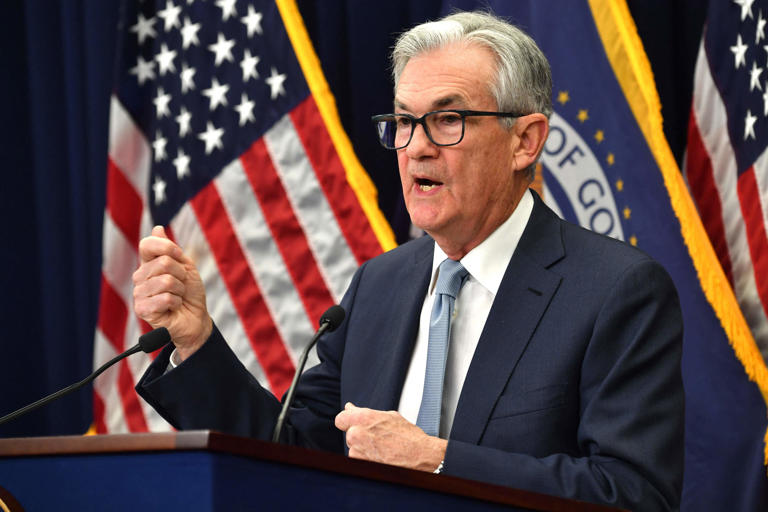The pursuit of a 2% inflation rate isn’t just a numerical target for the Federal Reserve; it’s considered the cornerstone of its monetary policy, a guiding principle that influences its every move. However, recent economic conditions have made achieving this target feel akin to waiting for Godot – a goal that once seemed within reach but now appears elusive, prompting questions about its attainability and relevance in the current landscape.
This dilemma holds significant implications for various stakeholders within the economy, including consumers, investors, businesses, and policymakers. The Federal Reserve has made it clear that it won’t consider cutting interest rates until inflation shows sustained movement toward the 2% target. However, with the economy showing signs of weakness and inflation persisting at elevated levels, some economists are beginning to question the importance of this target and whether the Fed should wait for inflation to approach it before taking action.
Mark Zandi, chief economist of Moody’s Analytics, is among those who argue against the rigid adherence to the 2% target. He emphasizes the need to prioritize economic stability over a numerical threshold, suggesting that sacrificing economic growth on the altar of a fixed inflation target may not be the most prudent course of action. On the other hand, Jonathan Millar, Barclays’ senior US economist, believes that deviating from the 2% target could undermine the Fed’s credibility and exacerbate inflation expectations, potentially leading to further economic instability.
The concept of a 2% inflation target isn’t unique to the United States; it has been adopted by many central banks worldwide, including the Federal Reserve. The origins of this target can be traced back to New Zealand in the late 1980s, where it was first implemented as part of efforts to achieve price stability and anchor inflation expectations. While the Federal Reserve informally embraced this target in the mid-1990s, it wasn’t until 2012 that it was formally announced as part of the Fed’s policy framework.
In the aftermath of the Great Recession, the Federal Reserve adjusted its approach to inflation targeting, aiming for inflation that averages 2% over time. This strategy allows for temporary deviations from the target, with the goal of achieving long-term price stability and maximum employment. However, the COVID-19 pandemic disrupted the Fed’s inflation dynamics, leading to a surge in inflation rates to levels not seen in decades.
In response to the pandemic-induced inflationary pressures, the Federal Reserve raised its key interest rates from near zero to a range of 5.25% to 5.5% in an attempt to curb inflation and stabilize the economy. However, inflation has remained stubbornly high, challenging the effectiveness of traditional monetary policy tools in addressing the current economic environment.
The recent stabilization of core inflation around 2.8% to 2.9% has tempered expectations of immediate rate cuts by the Federal Reserve. However, the outlook for inflation in 2024 remains uncertain, with economists debating whether monthly price increases will ease or persist at elevated levels. Despite the potential for sustained inflation, Fed Chair Jerome Powell has emphasized the importance of sustainable progress toward the 2% target rather than hitting it precisely.
The drivers of high inflation include various factors such as rising housing costs, surging car insurance premiums, and increased financial service costs due to market rallies. While some argue that these factors warrant keeping interest rates high to contain inflation, others believe that the Fed should prioritize economic growth and employment over inflation concerns.
Ultimately, the Federal Reserve’s decision to lower interest rates will depend on a myriad of factors, including inflation trends, labor market conditions, and broader economic indicators. While some experts advocate for a more flexible approach to the 2% target, Powell has reiterated the Fed’s commitment to price stability and maintaining inflation at or near the target level.
In conclusion, the debate over the Federal Reserve’s inflation target reflects the complexities of managing monetary policy in a rapidly changing economic environment. As the Fed navigates these challenges, its decisions will continue to shape the trajectory of the U.S. economy and have far-reaching implications for global financial markets.

